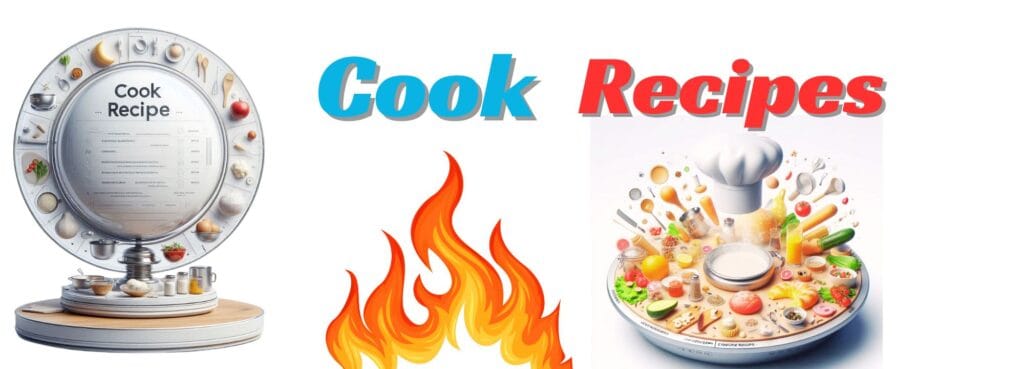Many people think of white American cheese as just another processed cheese, but it’s actually a carefully crafted dairy product. Unlike standard cheeses, it’s made by blending natural varieties like Colby or Cheddar with emulsifiers, milk solids, and other ingredients. This unique process gives it a smooth, creamy texture and mild flavor, setting it apart from its yellow counterpart, which contains added colorants.
The History and Manufacturing of White American Cheese
White American cheese has been a staple in the U.S. dairy industry since the early 1900s. Cheese producers sought to create a product that had an extended shelf life and consistent quality. By melting natural cheeses and mixing them with stabilizers, they developed a cheese that could be easily packaged and stored while retaining its creamy consistency. Over time, white American cheese became a favorite in homes and restaurants alike, prized for its versatility and ease of use.
Comparing White American Cheese to Other Cheese Varieties
| Feature | White American Cheese | Other Cheese Varieties |
|---|---|---|
| Production | Made by blending cheeses with emulsifiers | Traditionally made from milk, cultures, and enzymes |
| Texture | Smooth and creamy | Varies: can be firm, crumbly, or soft |
| Shelf Life | Longer due to added stabilizers | Generally shorter without preservatives |
| Melting Properties | Excellent for melting, ideal for sauces and sandwiches | Some melt well (e.g., mozzarella), others don’t (e.g., feta) |
| Flavor | Mild and neutral, pairs well with many foods | Wide range from mild to sharp |
| Common Uses | Burgers, sandwiches, cheese dips | Cheese platters, gourmet cooking, baking |
Key Ingredients in White American Cheese
White American cheese typically includes:
- Natural Cheese Base (e.g., Colby, Cheddar)
- Milk Solids for added creaminess
- Whey Protein Concentrates for texture and stability
- Butterfat to enhance smoothness and richness
- Acidity Regulators & Preservatives to maintain freshness
Step-by-Step Process: How White American Cheese Is Made
Ingredients:
- Fresh milk
- Colby or Cheddar cheese base
- Milk solids
- Whey protein concentrates
- Butterfat
- Acidity regulators
- Preservatives
Manufacturing Process:
- Shredding & Blending – The natural cheese is shredded and combined with milk and butterfat.
- Heating & Mixing – The mixture is warmed and continuously stirred for a smooth consistency.
- Adding Stabilizers – Whey protein, emulsifiers, and preservatives are incorporated for texture and longevity.
- Homogenization – The blend is processed to remove air bubbles and ensure uniformity.
- Pasteurization – The cheese is further heated to kill bacteria and extend shelf life.
- Shaping & Cooling – The melted cheese is molded into blocks or sliced for packaging.
This process ensures a consistently smooth and creamy cheese that melts effortlessly in various dishes.
Nutritional Facts of Kraft White American Cheese
A single 21g slice contains:
- Calories: ~60
- Protein: ~3g
- Fat: ~4g (including 2g saturated fat)
- Sodium: ~200mg
- Calcium & Vitamin D: Small amounts contributing to daily intake
While not the healthiest option, white American cheese can be part of a balanced diet when consumed in moderation.
Best Substitutes for White American Cheese
If you need an alternative, consider these options:
- Provolone – Slightly sharper with a similar texture
- Mozzarella – Mild flavor but less creamy when melted
- Monterey Jack – A richer, slightly tangy alternative
Addressing Myths: Is White American Cheese Unhealthy?
Some people criticize American cheese due to its processed nature, but much of the skepticism stems from common misconceptions:
- “It’s not real cheese.” – While processed, it starts with natural cheese as a base.
- “It’s unhealthy.” – While it has added preservatives and sodium, moderation is key.
- “It contains plastic.” – This is a myth. The smooth texture comes from emulsifiers, not plastic.
White American Cheese vs. Cheddar: Which Is Better?
| Feature | White American Cheese | Cheddar |
| Texture | Smooth and melts evenly | Firmer, less even melt |
| Flavor | Mild and slightly salty | Sharp, tangy, and rich |
| Best For | Sandwiches, dips, and sauces | Crackers, salads, and gourmet dishes |
| Processing | Processed with additives | Traditionally aged with minimal processing |
| Nutrition | Lower protein, higher sodium | More protein, natural nutrients |
Cheddar offers a richer taste, while American cheese excels in melting consistency.
How to Incorporate White American Cheese into Your Meals
- Breakfast: Adds creaminess to omelets and breakfast sandwiches.
- Lunch: Enhances turkey or chicken sandwiches.
- Dinner: Ideal for melting over burgers, making creamy dips, or stirring into pasta sauces.
Top Brands for White American Cheese
Looking to buy? Consider these brands:
- Kraft – Reliable and widely available
- Land O’Lakes – Smooth, high-quality deli slices
- Boar’s Head – Premium flavor with a rich texture
Final Thoughts: The Versatility of White American Cheese
White American cheese may not be an artisanal delicacy, but its creamy texture, mild flavor, and easy melting make it a favorite for many. Whether layering it in a sandwich, stirring it into a dip, or melting it over a burger, this cheese is a reliable ingredient in countless recipes.
By understanding its history, production, and uses, you can appreciate why it remains a beloved staple in American kitchens.
FAQs
1. What is white American cheese made of? It’s a processed cheese made from milk, cheese, butterfat, emulsifiers, and stabilizers.
2. Is white American cheese real cheese? It starts with natural cheese but undergoes processing to enhance texture and shelf life.
3. What dishes pair well with white American cheese? It’s perfect for sandwiches, burgers, quesadillas, and dips.
4. Can I substitute white American cheese? Yes! Provolone, mozzarella, and Monterey Jack work well.
5. How should I store it? Keep it refrigerated in a sealed package and consume before the expiration date.
6. Is white American cheese gluten-free? Most varieties are gluten-free, but always check the label.
7. Can you freeze white American cheese? Technically yes, but it may alter the texture and melting properties.



